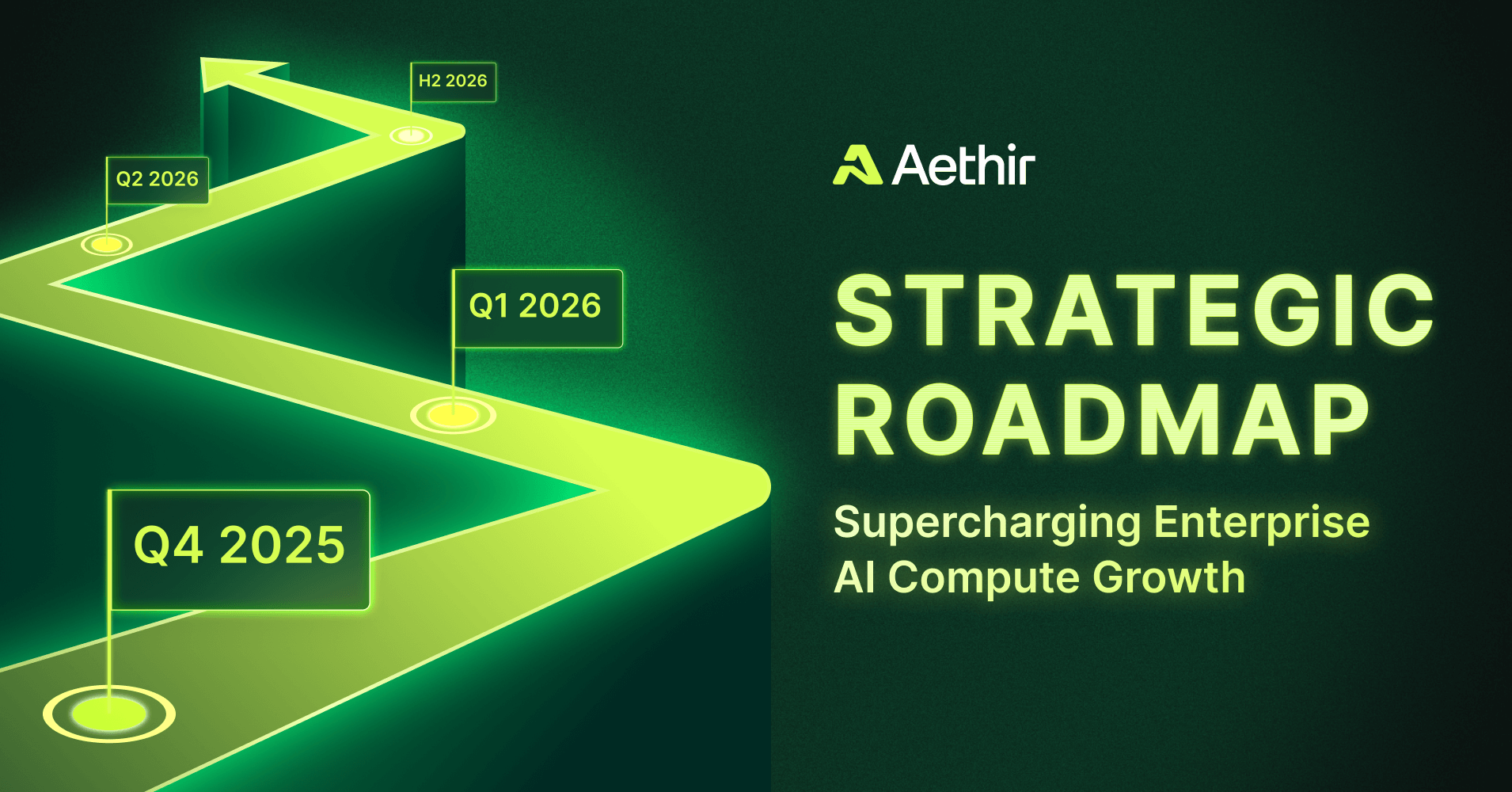When COVID-19 hit in early 2020, researchers worldwide scrambled to model disease spread, simulate drug interactions, and predict hospital capacity. The computational demands were staggering. Scientists needed massive GPU clusters to run epidemiological simulations that could inform life-or-death policy decisions. The response? An improvised High-Performance Computing Consortium was cobbled together from government labs, universities, and private companies. It worked, barely. But the scramble exposed a dangerous vulnerability: we had no permanent infrastructure to deploy computing power during national emergencies.
This isn't a new problem. Fifty years ago, the United States faced a similar challenge with oil. The 1973 Arab oil embargo sent gas prices soaring and exposed America's dependence on foreign energy. The solution was the Strategic Petroleum Reserve, massive underground salt caverns storing hundreds of millions of barrels of crude oil that could be released during crises. Since then, the SPR has been tapped during the Gulf War, Hurricane Katrina, and Russia's invasion of Ukraine. It's a proven model: stockpile critical resources in peacetime, deploy them rapidly during emergencies.
Computing power now demands the same treatment. Strategic Compute Reserves aren't a futuristic concept, they're an overdue necessity. Aethir’s decentralized GPU cloud is pioneering the concept of Strategic Compute Reserves for high-performance GPU computing, with its Digital Asset Treasury, launched by Predictive Oncology.
Why Private Markets Can't Handle This Alone
Here's the problem: companies optimize for profit, not crisis preparedness. Cloud providers run tight operations with minimal spare capacity. Need emergency GPU access? Get in line. Wait times stretch three to six months. That works fine for planned AI training runs. It's catastrophic when a pandemic strikes or critical infrastructure comes under attack.
Worse, centralization creates single points of failure. In 2017, the NotPetya cyber attack hit Maersk, the world's largest shipping company. Terminals from Los Angeles to New Jersey went dark. Workers resorted to moving containers with Post-it notes and WhatsApp messages. The White House later called it "the most destructive and costly cyber attack in history." One company. One attack. Global economic disruption.
That's the risk of putting all your computational eggs in a few centralized baskets. Strategic Compute Reserves flip this model by distributing capacity across independent providers and geographic regions so that when one node fails, dozens of others pick up the slack.
With Aethir’s Strategic Compute Reserve, high-performance GPU computing resources are available for rapid deployment to support enterprise-grade AI workloads at scale, worldwide.
Three Crises That Demand Instant Computing Power
Pandemic Response: Remember those COVID-19 models that shaped lockdown policies? They required enormous computational horsepower. A comprehensive review in Nature analyzed 183 studies on AI applications during pandemics, forecasting disease spread, detecting outbreaks in real-time, triaging patients, and predicting treatment outcomes. The researchers found something troubling: while powerful machine learning tools were eventually developed for COVID-19, few were "optimized for practical application early in the pandemic." Translation: we had the algorithms but not the infrastructure to deploy them when they mattered most. Strategic reserves fix that gap.
Cyber Defense: Modern cyber attacks happen at machine speed. A coordinated assault on critical infrastructure, such as power grids, financial systems, and transportation networks, requires real-time threat detection and automated response. Pattern recognition algorithms that spot zero-day vulnerabilities need massive parallel processing. There's no time to requisition cloud capacity when attackers are already inside your network.
Natural Disasters: When a hurricane barrels toward the coast, emergency managers need AI-powered models to predict storm surge, optimize evacuation routes, and pre-position resources. When an earthquake strikes, damage assessment algorithms processing satellite imagery can identify collapsed buildings and trapped survivors. Every minute of computational delay translates to lives at risk.
Aethir: Building the Infrastructure That Should Already Exist
This is where Aethir's decentralized GPU network enters the picture. While traditional cloud providers make you wait months for capacity, Aethir has 435,000+ GPU containers spread across more than 200 locations in 93 countries. Deployment time? 24-48 hours. Not months. Not weeks. Days.
The Aethir Digital Asset Treasury, backed by a $344 million investment through Predictive Oncology, represents the world's first Strategic Compute Reserve. But here's what makes it different from traditional stockpiles: it's not sitting idle. The infrastructure actively generates revenue from AI workloads, gaming, and enterprise computing. When emergencies hit, that capacity can be rapidly redirected. It's like a fire department that also runs an ambulance service, the equipment stays operational and battle-tested rather than gathering dust in a warehouse.
The economics work too. Aethir delivers 40-80% cost savings compared to traditional cloud providers while guaranteeing 100% uptime backed by staked collateral. Miss your uptime commitment? You lose money. That's a stronger incentive than the vague service-level agreements most cloud providers offer. The network supports enterprise-grade NVIDIA hardware such as H100, H200, B200, and B300 GPUs, so there's no compromise on computational power.
Geography Is Destiny (And Decentralization Is Insurance)
Remember that Maersk cyber attack? Now imagine if it had hit AWS's US-EAST-1 region instead. Actually, you don't have to imagine, it happened. When that region went down, it took Coinbase, Fortnite, Snapchat, Disney+, Delta Air Lines, and United Airlines offline. Companies with consolidated infrastructure had no backup plan. Those with distributed systems kept running. This outage exposed the massive vulnerability of centralized cloud infrastructure.
Many enterprises that didn't experience the recent outage weren't the biggest ones or the ones with the most compute capacity. They were the ones relying on diversified infrastructure distributed across multiple independent providers. When one region failed, its workloads kept running elsewhere. This is what all enterprises need to secure. This is the future - resilient systems.
Centralized data centers are vulnerable to everything from power outages and natural disasters to geopolitical tensions and targeted attacks. A hurricane can disable an entire availability zone. An earthquake can sever fiber connections. A coordinated cyber assault can overwhelm regional defenses. Aethir's architecture spreads these risks across continents. Infrastructure failures in one location don't cascade into system-wide collapse. It's redundancy that transcends borders, making the network resilient against both natural disasters and geopolitical disruption.
Stategic Compute Reserves: The Question Isn't If, But When
Governments are already moving in this direction. The National Science Foundation has blueprinted a permanent National Strategic Computing Reserve. The Promoting Resilient Supply Chains Act passed the Senate unanimously, acknowledging that "one supply chain shock can disrupt the entire system." Computing infrastructure is the ultimate supply chain, the foundation on which every digital system depends.
Aethir's decentralized GPU cloud positions the company as a critical partner in securing AI's future beyond commercial applications. By offering enterprises and governments rapid access to distributed, resilient compute capacity, Aethir enables the AI-powered crisis response capabilities that modern threats demand.
The Strategic Petroleum Reserve has protected American energy security for half a century. Strategic Compute Reserves will do the same for digital security over the next fifty years. The infrastructure exists. The precedent is proven. The only question is whether we'll build these reserves before the next crisis forces our hand or after.






